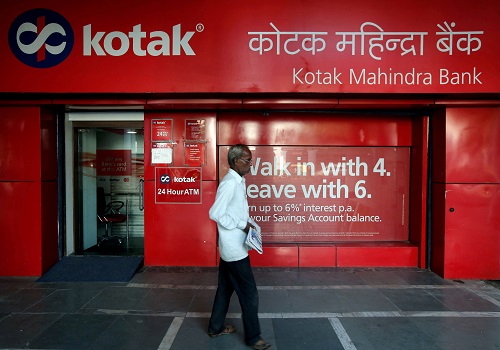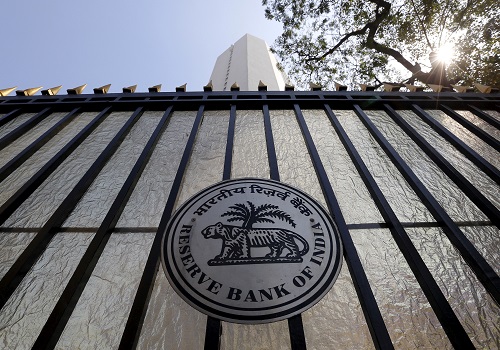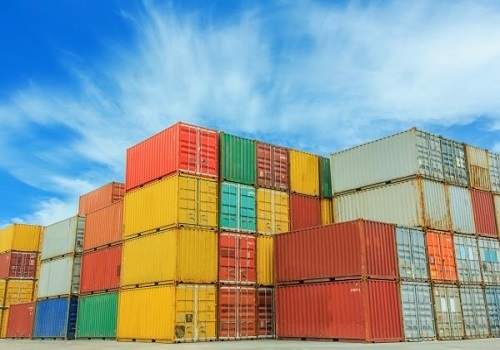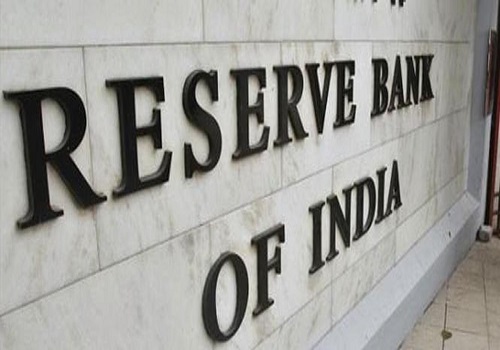NPLs of banks likely to decline to 5-5.5% of total advances by March 2024: S&P Global Ratings
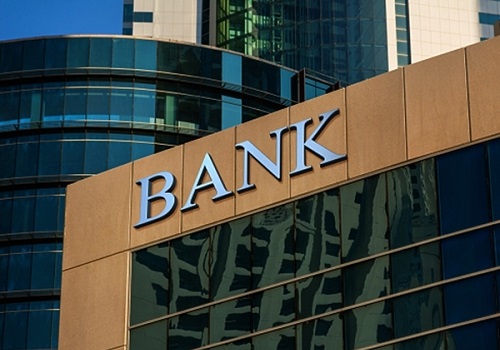
Follow us Now on Telegram ! Get daily 10 - 12 important updates on Business, Finance and Investment. Join our Telegram Channel
S&P Global Ratings in its latest report has said that non-performing loans (NPLs) of banks are expected to decline to 5-5.5 per cent of the total advances by March 2024. Similarly, it forecast the credit costs to stabilise at 1.5 per cent for fiscal 2023 and further normalise to 1.3 per cent, making credit costs comparable to those of other emerging markets and India's 15-year average. The small and midsize enterprise sector and low-income households are vulnerable to rising interest rates and high inflation, but it expects these risks to be limited. With an economic pick-up, it said residual stress for these segments should start abating and NPL recoveries are likely to also gain momentum.
The rating agency said India's economic growth prospects should remain strong over the medium term, with GDP expanding 6.5-7 per cent annually in fiscal years 2024-2026. It said that the economy's long-term higher growth rate versus peers highlights its historical resilience. It also said India's wide range of structural trends, including healthy demographics and competitive unit labour costs, work in its favour. Additionally, it said the government is likely to remain supportive of the system and there is a very high likelihood the government will continue to support public-sector banks, notwithstanding plans to privatise two such banks.
According to the report, in the next few years, loan growth to stay somewhat in line with the trajectory of nominal GDP, and loan growth to the retail sector to continue to outperform the corporate sector. It pointed out that corporate borrowing is also picking up momentum, with both working-capital needs and capital expenditure-related growth driving demand. Still, it said if risk management does not improve, the coming growth cycle could produce a new crop of sour loans.












 320-x-100_uti_gold.jpg" alt="Advertisement">
320-x-100_uti_gold.jpg" alt="Advertisement">






